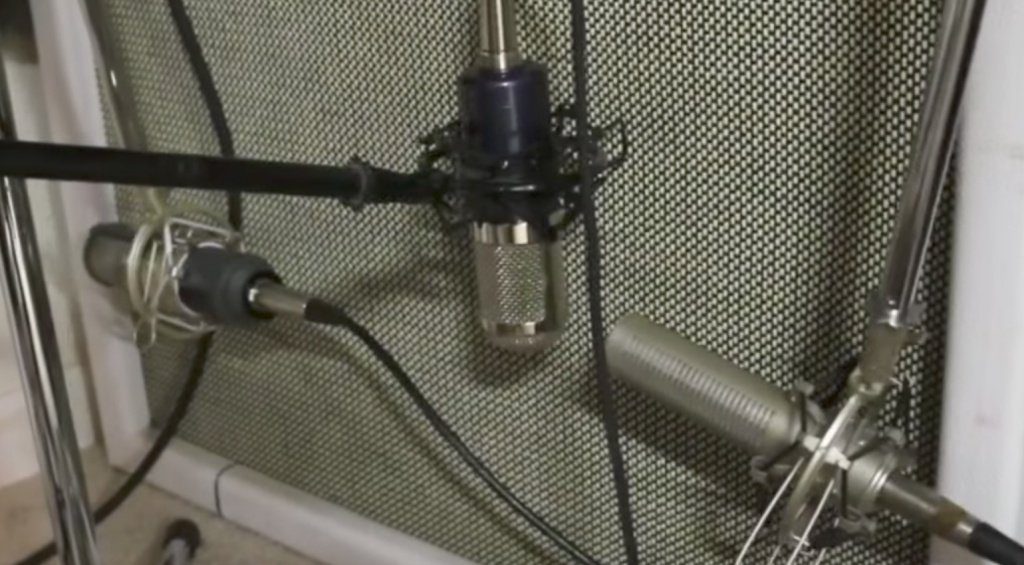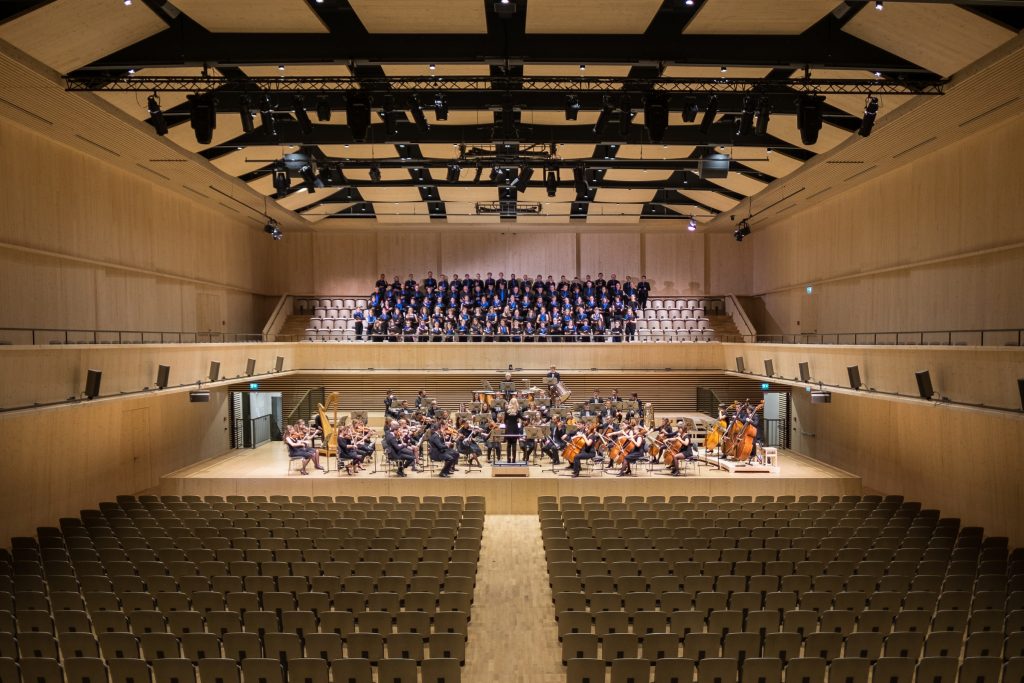

Its characteristic lush tails and classic ’80s sound will transport you back, but the truth is the sound of the 224 is equally at home in a more modern production. The 224 is another great vocal reverb, but it shines in almost every situation. Even Lexicon endorses UAD’s plug-in version, and for good reason. UAD’s emulation does the classic reverb justice, using the same algorithms as the original hardware and adding presets from famous producers who used the original, such as Prince’s Chuck Zwicky and Peter Gabriel’s Kevin Killen. If you’ve heard U2, Talking Heads, Peter Gabriel, Grandmaster Flash or any number of other artists, you’ve heard the 224. Universal Audio’s Lexicon 224 is a digital emulation of Lexicon’s famous hardware reverb, which was the most popular studio reverb from its release in 1978 well into the modern era. If you’ve never tried a convolution reverb, do yourself a favor and at least try out Altiverb’s demo. It also includes responses from vintage gear, specific stage locations, experimental responses, and more. This includes more than just music spaces. If you don’t already know, convolution reverbs take impulse responses (IRs) from real world spaces - cathedrals, concert halls, bathrooms, anything - and use complicated computer mumbo-jumbo to allow you to place your source in that “space.”Īltiverb has a massive library of IRs from around the world, all exquisitely crafted. This translates to somewhere around $650 and $1100 in USD depending on current exchange rates, although you can do a good bit better at a dealer like Sweetwater.Įxpense aside, Altiverb is sophisticated and rich, and arguably the top convolution reverb on the market. Altiverb comes in two flavors, regular at £499 and XL at £849. Audio Ease Altiverb – $650-$1100Īudio Ease’s Altiverb is an expensive choice, but the love shown for this convolution reverb is as much as any other. Valhalla VintageVerb is great for producing vocals, and while it may not be everyone’s go-to for other tracks, it has a flavor all its own, and as such is loved across the board. NOW Color Mode gives you a more modern, clean reverb sound.Bandwidth is less limited here, and the mode does just what it says - makes 80’s sounding reverb. 1980s Color Mode emulates digital hardware reverbs from the 80’s.This mode reduces bandwidth to add artifacts. 1970s Color Mode uses algorithms inspired by digital reverb hardware from the 1970s.Valhalla’s VintageVerb is a simple, intuitive plugin that offers three distinct modes: Overwhelmingly the most mentioned plugin in our informal surveys of producers and musicians. Without further ado, in no particular order, and a spacey drumroll please… Valhalla VintageVerb – $50 It would be hard to claim that this is the only possible list of five top ‘verbs, as there are so many incredible plugins out there, but these five come up repeatedly and have become staples in many a studio.
#ALTIVERB VS LEXICON UPGRADE#
So, we’ve compiled five of the best reverb plugins around, in case you’re in need of an upgrade in that department.

Reverb creates a sense of space, makes a song come alive, and gives mixes depth. Ok, it may not be that necessary, but without a few good reverb plugins in your DAW, you’ll be hard pressed to get a good mix, as reverb is one of the most essential tools in mixing. You can live without it for a few days, but eventually you’ll die. + Learning to record and mix at home? Check out Soundfly’s acclaimed online courses on mixing, production, and beat making - Subscribe for unlimited access.


 0 kommentar(er)
0 kommentar(er)
